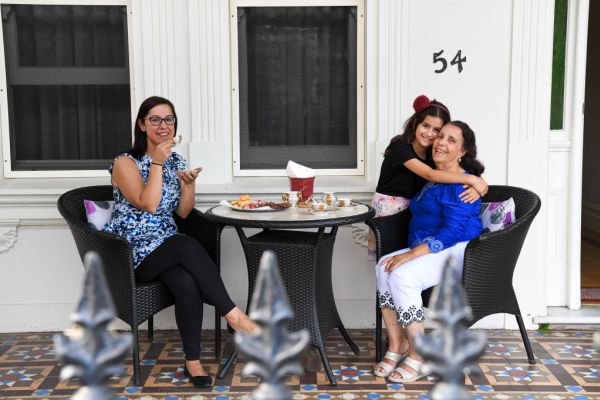How COVID changed our home life in 2020 – and are these changes here to stay?
We all spent a lot of time at home in 2020 - and that has impacted on our relationship with our dwellings, our neighbours and where we want to live. The question is will these shifts continue however into 2021 and beyond.
Our relationships with our homes changed dramatically in 2020; we look at four of the biggest changes brought on by COVID-19 and ask the experts if these shifts are here to stay.
We met the neighbours and created real communities
Sydney grandmother Maria Vartuli usually spends her days surrounded by love, laughter, family and friends. But the COVID-19 lockdown meant most of her regular visitors were suddenly forced to stay away, and loneliness struck for the very first time in her 60 years in the same house in Leichhardt.
Across the road, neighbour Leanna Pane, having to work from home because of the pandemic, noticed Maria was looking sad and decided to call in. “So, I asked her how she was going, and we had a bit of a chat and a joke,” Leanna says. “And then she started bringing coffee and biscuits to the table out the front of her house, so we’d sit either end – socially distanced – and talk.”
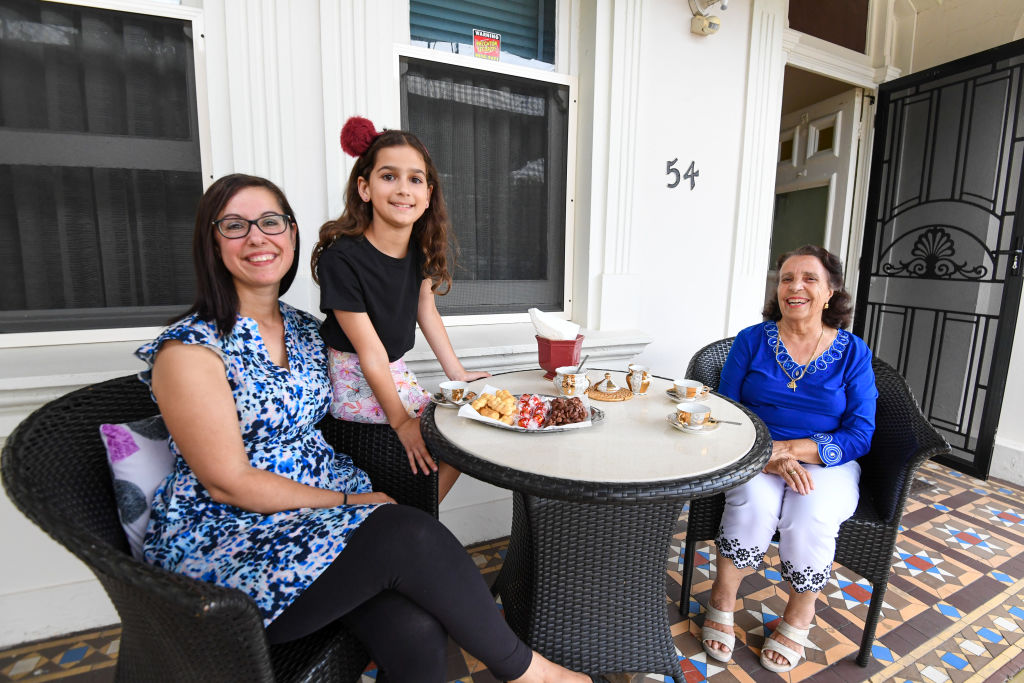
From that day on, Leanna, in her 40s, still grieving the loss of her own mother two years before and with all her own family stuck in Melbourne, met 81-year-old Maria regularly at ‘The COVID Table’, often bringing along her daughter Scarlett, nine, too.
“She is such a nice person, and we got more friendly all the time,” says Maria today. “It was so nice to have her company. I couldn’t see my own grandchildren, but I loved Scarlett, and she loves me.”
It’s a heart-warming tale of one of the positive results of coronavirus, a virus that changed our lives through 2020, and possibly well into the future. Neighbours came together, often for the first time, and built new friendships, lending each other a helping hand.
Social researcher Mark McCrindle believes that with more of us working from home and shopping locally, we noticed our neighbours, and interacted with them much more than in the past.
“COVID did cause changes, like re-focusing us on relationships with family and those outside, and made us reprioritise what life is about,” he says.
Nick Tebbey of Relationships Australia, which runs the National Neighbour Day campaign, sees that as a welcome shift. “Often disasters, like bushfires or this virus, do bring communities together and have a unifying effect,” he says.
“There’s been a real rise in camaraderie and friendliness, and we’re hopeful that we’ll all hold on to that into the future.”
We demanded a lot more from our homes
At its most fundamental level, a home is a shelter from the elements. As this year has proven, housing is so much more than that. COVID-19 restrictions morphed houses and apartments around Australia into all manner of socially distanced classrooms, offices, theatres, pubs, gyms, even places of worship.
Empty-nesters found themselves with full houses once again as their adult children returned to the coop, whether by choice or necessity as victims of the year’s economic carnage.
Developers and builders, including Mulpha Developments and Sekisui House, report a surge in inquiries for homes with flexible layouts that could be used for multi-generational living or home offices.
Changes in keywords typed into property searches on domain.com.au further illustrate buyers’ shifting priorities.
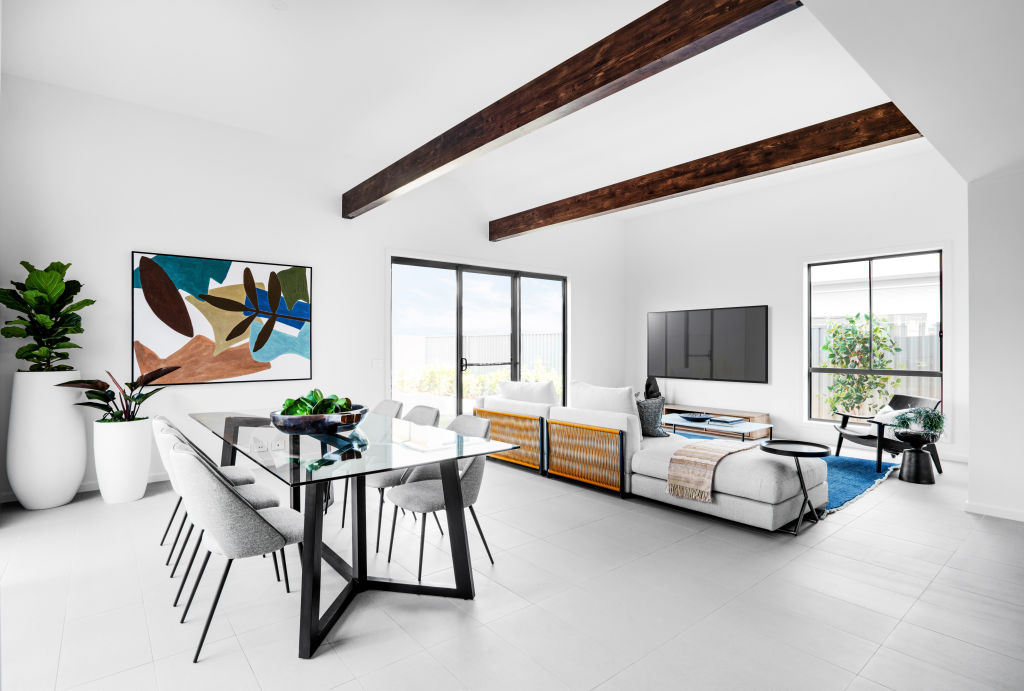
Dr Nicola Powell, senior research analyst at Domain, says there were many more searches for homes near shops, train stations and rural areas in April to October 2020, compared to the same time last year. There was also a noticeable uptick in searches for properties with gardens, courtyards, home offices, balconies and swimming pools.
“The way we use our homes has changed in 2020,” Powell says. “It’s made us all have a look at our homes in different ways and assess what we want from that space.”
With more flexible working arrangements for many workers here to stay, she predicts Australians will continue to demand more of their homes.
“I think what Covid has done is fast-track a trend we would have eventually cottoned on to,” Powell says. “Those white-collar workers who can work from home will continue to, or at least be able to divide their time between the office and their home.”
This could even have implications for home design. Segregated spaces might become more desirable than vast, open-plan living areas, for example – especially for those with small children underfoot.
“Time will tell but, in my view, I do think we will continue to look at our homes differently.”
We expanded our horizons to the middle suburbs and beyond
The CBD lost its lustre this year, as the pandemic cast a pall over so many aspects of big-city living. Buzzy bars and restaurants? Off the menu. Jostling crowds? No thank you. Even catching public transport came to be regarded as risky.
Widespread work-from-home orders upended the notion that proximity to the office was a prize to be treasured at the expense of comforts such as big backyards or extra living space.
Deb Cullen, a partner at Cullen Royle, specialises in selling prestige properties, including urban acreages on the outskirts of Sydney and glamorous lifestyle estates. It’s been a big year for the agent, as the pandemic has made living in this type of home not only desirable but utterly doable.
“We have seen a tremendous move back to having more space, clean, fresh air and room for the kids to play and adventure,” Cullen says.
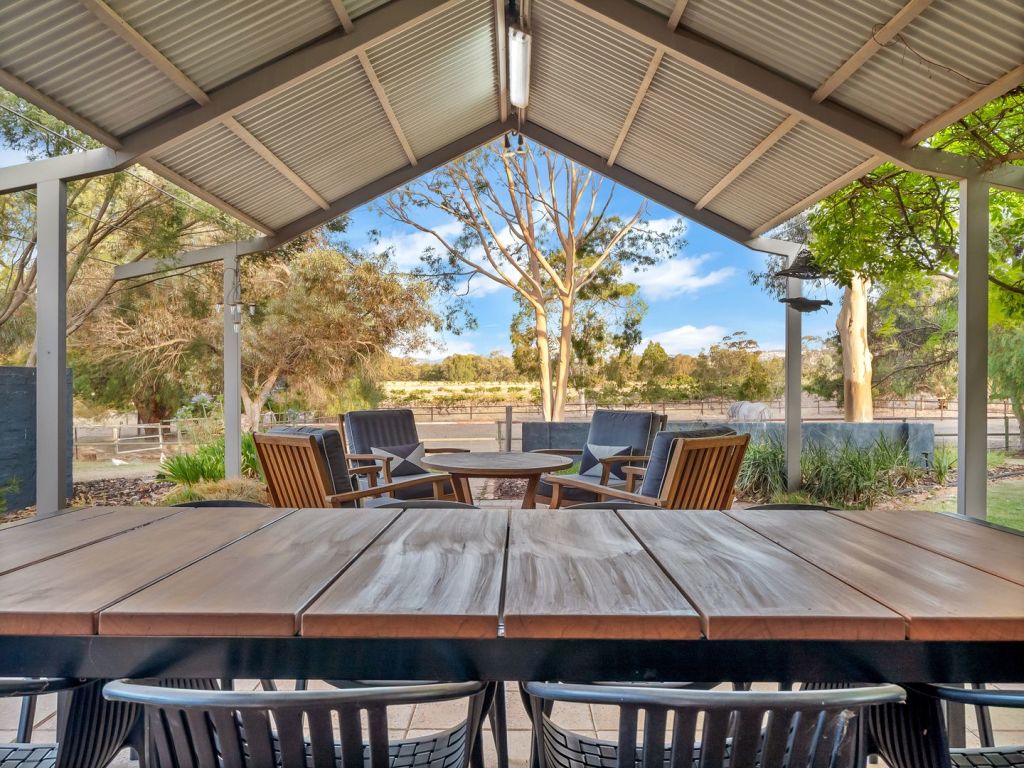
This seismic shift in where people want to live, spurred on by technology replacing the weekday commute, is by no means limited to the top end of the market.
Tim Spencer, executive general manager of Mulpha Developments, cites the Essentia townhome development at Norwest in the Hills District as a style of housing that has come into focus in 2020.
“We have seen two price rises this year and achievement of record prices for the Norwest region, exceeding $1.7 million for a townhome,” Spencer says.
Sekisui House is also reporting unprecedented interest for SHAWOOD homes at The Hermitage, its master-planned community in the south-west Sydney suburb of Gledswood Hills.
Tara Roser, project sales manager for The Hermitage, predicts the “new norm” is here to stay.
“We do anticipate there will continue to be more interest in neighbourhoods further from the CBD as many people have advised us … working remotely will be the way of the future for them,” Roser says.
We saw the advantages in multi-generational living
Families also found a new pleasure in togetherness. The trend of parents and their children buying separate apartments in the same buildings accelerated during COVID, with reports of sales in blocks across the eastern suburbs, inner west and lower north shore.
In one new development, Marrick & Co in Marrickville, three generations of the same family actually moved into three apartments on the same level.
“I think the other neighbours were mystified at first as to why we all kept going into different apartments, often with plates of food,” says Vitus Lee Chan, who has his sister Esther and her kids Claire and Nathan next door, and his parents, Christine and Daniel, at the end of the hallway.
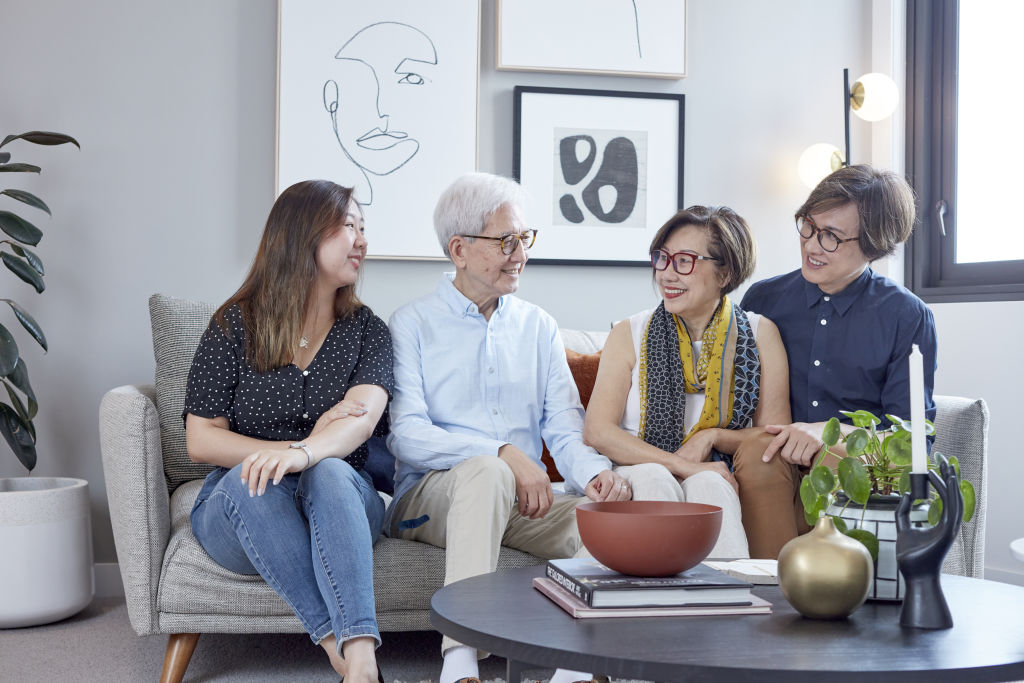
“But when we explained we were all from the same family, they all thought that was a lovely thing. And it is great. My dad is 80 and my mum’s 75, and it means we can keep an eye on them, and help them out when they need us, but they still retain their independence, while we can enjoy their company, and have dinner together whenever we want.”
Vitus, 57, an interior stylist, planned to buy in the Mirvac development first, then Esther, 55, saw it and decided to buy another apartment, with her children, aged 23 and 20. Their parents, who’d recently returned from Australia to Hong Kong for their retirement, were visiting at the time of the pandemic when borders closed, so decided to buy an apartment there too.
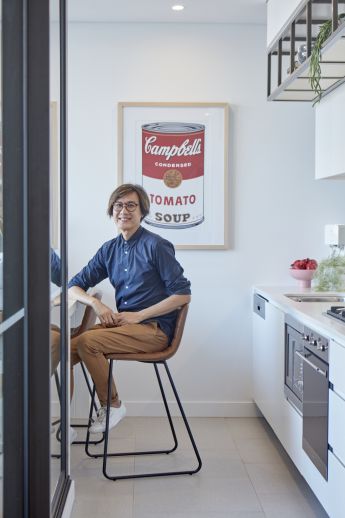
“We love having our children and grandchildren around us,” says grandmother Christine. Granddaughter Claire, a graphic designer, feels much the same way. “It’s the best of both worlds,” she says. “It’s great having the freedom of your own apartment, but I really value family time too.”
Diana Sarcasmo, general manager design, marketing & sales at Mirvac, says they’re now seeing this multi-generational trend in a number of their projects, including The Moreton in Bondi and Harold Park. “It’s particularly nice for young families to have grandparents close by,” she says.
“With COVID, a lot of people don’t want their parents in aged care any more. And for the grandparents, it’s lovely to have the kids but still have their privacy and independence, with modern apartments designed to suit every demographic.”
Developer Crown Group has also seen a surge of parents and their children buying apartments in the same complex, including Waterfall at Waterloo, Infinity at Green Square and Eastlakes.
“Now that apartments have become a lifestyle choice, with security, shops and health services nearby, all age groups are choosing them and can opt for the size and views that fit their budget,” says CEO Iwan Sunito.
Originally published by Domain
By Sue Williams and Elicia Murray


